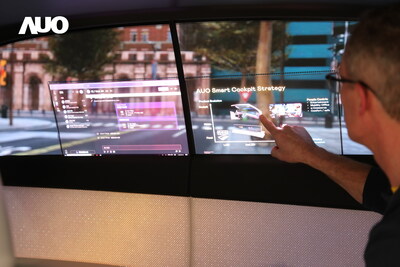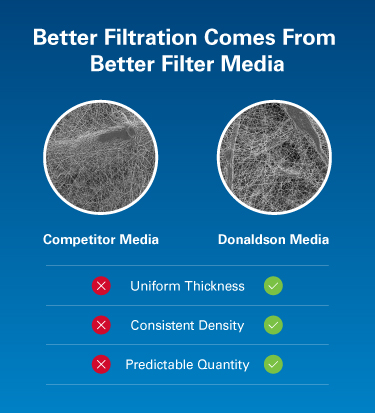
Hella’s use of laser radar in adaptive cruise control (ACC) technology soon may find its way into North American vehicle programs, company officials predict.
According to an article in the June issue of The Hansen Report on Automotive Electronics, a major automaker is seriously evaluating laser radar sensors for future products. The Hansen Report notes that the automaker is considering this technology as a low-cost alternative to standard radar sensors.
“Laser radar can reduce the cost of an ACC system by 50 percent,” said Winfried Menge, director of marketing electronics for Hella KGaA Hueck & Co.
Hella’s adaptive cruise control technology is part of the driver assistance systems (DAS) technologies being developed as a comprehensive solution to reduce accidents and fatalities.
Hella’s DAS strategy combines a number of applications, including ACC, rear-end collision warning, lane-departure warning (LDW), rearview cameras and sensors with advanced image-processing software, according to Menge.
Vehicles equipped with these features could detect potential accident situations, provide warnings or even automatically engage a vehicle’s brakes to reduce crash severity, he explained.
“Our long-term objective is to greatly reduce traffic accidents and injuries by providing safety-system devices for the broadest possible range of vehicles,” said Menge, who is responsible for Hella’s DAS programs and other emerging electronics technologies.
“Thirty percent of all accidents are caused by unintended lane departures and more than 25 percent of all accidents are rear-end collisions,” he said. “By helping drivers avoid such accidents, we can significantly reduce highway injuries and fatalities.”
Motor vehicle accidents kill an average of 42,000 each year, according to statistics from the National Highway Traffic Safety Administration (NHTSA). In addition to loss of lives, vehicular accidents cost society an average of $230.6 billion annually.
Hella’s continuous development of driver assistance systems is encouraged by the European Union’s eSafety Action Program that has a goal of reducing driving fatalities by 50 percent by 2010. Hella’s driver assistance systems, based on detection and analysis of vehicle surroundings, will make a major contribution to the achievement of this goal, Menge said. Investigations by the German Ministry of Transport have shown that such systems can have a preventive influence on more than 50 percent of all accidents, he said.
For ACC applications, Hella offers a multi-beam IDIS(R) (Infrared Distance Management System) that provides outstanding performance even under the most adverse weather conditions. IDIS(R) uses a LIDAR (light detection and ranging) sensor with high lateral resolution that not only detects the distance to an object, but also the object’s lateral (side-to-side) position and dimensions. Most other detection systems on the market use radar and are more complex.
In 2005 Hella launched a 24 GHz radar-based, rear-end collision warning system for Audi. The system can detect other vehicles that are behind or in the driver’s blind spots. Using a smart algorithm, the system also detects when the driver intends to change lanes and sounds a warning signal.
Hella’s LDW system uses a small camera installed on the windshield to observe areas in front of the vehicle. Intelligent image-processing software analyzes the recorded data, calculating the vehicle’s position in the lane and any curves in the roadway. It then sends a warning signal to the driver if a turn signal is not activated before the vehicle leaves its lane. This application is scheduled for production in 2009.
During the next five years, Hella expects increasingly more sophisticated DAS devices to enter the market. Many of these will feature windshield applications located in the rearview mirror. Hella is developing a compact package that includes a forward-looking LDW camera that can be combined with its CHARLSS(R) (capacitive humidity and rain/light/solar sensor) system that is scheduled for production within the next three to four years.
“As safety technology improves, our windshield applications will include additional features such as our advanced infrared lighting system, called ADILIS(R),” said Steve Widdett, executive vice president of automotive sales for Hella North America, Inc.
A nighttime safety technology, ADILIS(R) uses a complimentary metal-oxide semiconductor (CMOS) camera and an infrared headlamp to detect objects up to 500 feet away. Images are shown to the driver on a head-up display.
The ADILIS(R) night-vision system received a 2006 Tech Award from the editors of Automotive Engineering International.














More Stories
Maximise Margins with Proven PPF Tactics
NXP accelerates the development of software defined vehicles with new family of Ethernet switches
Meet Rita Case – recipient of 2024 NAMAD Lifetime Achievement Award